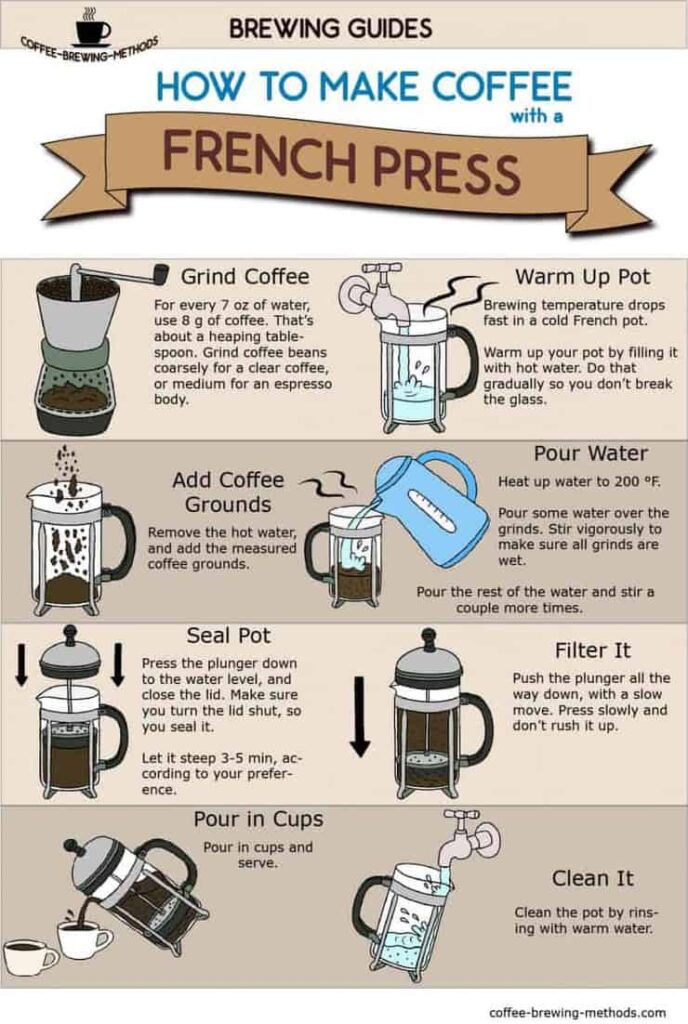Discovering the Art of Coffee Brewing: A Comprehensive Guide to Developing Your Cup
The art of coffee developing is a complex technique that combines science with personal expression, where the choice of beans, water quality, and brewing approaches converge to create a refined sensory experience. Recognizing the subtleties of numerous coffee beans, particularly the distinctions between Arabica and Robusta, is important for any aficionado.
Recognizing Coffee Beans
To truly value the art of coffee brewing, one should first comprehend the foundational element: coffee beans. These tiny seeds, commonly originated from the Coffea plant, are vital in identifying the flavor account, scent, and overall top quality of the brewed beverage. Coffee beans largely fall under 2 classifications: Arabica and Robusta. Arabica beans, recognized for their fragile flavors and greater acidity, are often preferred by lovers. On the other hand, Robusta beans have a stronger, extra bitter taste and greater high levels of caffeine material, making them ideal for espresso blends.

In addition, the processing approach-- whether cleaned, natural, or honey-- impacts the beans' last taste. Recognizing these components allows brewers to select the ideal beans that straighten with their preferred flavor profile, inevitably enhancing the coffee brewing experience. coffee brewing methods. This comprehension is crucial for anyone aspiring to grasp the craft of making the best mug of coffee
Developing Approaches Clarified
Several enthusiasts find that the choice of brewing method substantially affects the last flavor and scent of their coffee. Each technique takes advantage of various removal methods, affecting the coffee's character and richness.
Drip brewing, one of the most preferred approaches, makes use of an equipment to trickle warm water with ground coffee, creating a consistent and tidy mug. French press, on the various other hand, immerses coffee grounds in hot water, permitting a fuller body and even more durable flavor, as oils and fine fragments stay in the mixture.
Pour-over developing provides a precise method, where water is manually put over coffee premises, enabling for accurate control over extraction time and temperature level, leading to a nuanced and bright cup.
Espresso, a focused coffee made under pressure, is known for its solid flavor and creamy appearance, acting as the base for various coffee beverages, including cappuccinos and cappucinos.
Crucial Devices Needed
What tools is necessary for brewing a fantastic mug of coffee? The foundation of any successful coffee developing process hinges on top quality equipment customized to your favored approach. First of all, a trustworthy coffee grinder is critical; newly ground beans significantly enhance taste and aroma. Go with a burr grinder, which makes sure uniform particle size, vital for optimum extraction.
Next, consider your developing device. Options vary from drip coffee manufacturers and pour-over configurations to French presses and espresso devices. Each approach offers unique flavor accounts and developing methods, so select one that lines up with your preference preferences.
An accurate range is additionally very useful, permitting you to gauge coffee and water accurately, which is vital for uniformity. In addition, a thermostat can aid keep an eye on water temperature, as it directly influences removal high quality.
Learning Water High Quality
The top quality of water made use of in brewing coffee plays a considerable duty in identifying the final flavor account of the cup. Various factors add to water high quality, including mineral material, pH degree, and overall pureness. Ideally, water needs to be devoid of pollutants and pollutants, as these can adversely influence the taste of coffee.
Minerals, such as calcium and magnesium, boost the extraction of flavors from the coffee premises, while maintaining a balanced pH degree-- around 6.5 to 7.5-- is vital for optimal removal. Water that is also soft might lead to under-extraction, causing weak or sour tastes, while overly difficult water can create a bitter or harsh mug.
For the very best results, filtered water is suggested, as it lowers the existence of chlorine and other unwanted compounds usually discovered in faucet water. Furthermore, take into consideration making use of water with a Total Dissolved Solids (TDS) degree between 150-200 ppm, which is normally excellent for coffee brewing. By mastering water quality, you can lay a strong foundation for accomplishing a continually superb mug of coffee, enabling the unique features of your picked beans to shine through.

Tips for Taste Enhancement
Enhancing Find Out More the taste of your coffee can considerably boost your developing experience and highlight the special subtleties of your selected beans. To achieve this, take into consideration numerous crucial variables that affect taste.
Firstly, the grind dimension plays a critical function. A finer work increases removal, leading to bolder flavors, while a coarser grind yields a milder cup. coffee brewing methods. Readjust your work according to your developing method to accomplish optimum results
Secondly, explore brew time. Over-extraction can lead to bitterness, while under-extraction lead to a sour taste. Go for a mixture time that balances these extremes, generally in between two to four minutes, depending on your method.
In addition, temperature level is a critical aspect. Developing with water that is as well warm can scorch the coffee, while water that is too find here trendy might fail to remove appropriate flavor. The optimal temperature array is 195 ° F to 205 ° F(90 ° C to 96 ° C)
Final Thought) )))) In conclusion, the art of coffee brewing is a complex practice that calls for a deep understanding of numerous aspects, including bean choice, brewing approaches, and water quality. Proficiency of crucial tools and attention to information in work dimension, brew time, and temperature level are important for achieving ideal extraction. By incorporating these elements, coffee lovers can elevate their developing methods, leading to a mug that not only pleases personal preferences but additionally showcases the abundant intricacy of coffee tastes.
The art of coffee brewing is a diverse technique that combines scientific research with personal expression, where read the option of beans, water high quality, and brewing techniques converge to develop a polished sensory experience.To absolutely value the art of coffee brewing, one have to initially comprehend the foundational element: coffee beans. Brewing with water that is too hot can blister the coffee, while water that is also cool might stop working to extract sufficient taste. In final thought, the art of coffee brewing is a multifaceted technique that calls for a deep understanding of numerous aspects, including bean selection, brewing approaches, and water high quality. By integrating these parts, coffee fanatics can elevate their brewing strategies, resulting in a cup that not just pleases personal choices yet additionally showcases the abundant complexity of coffee tastes.